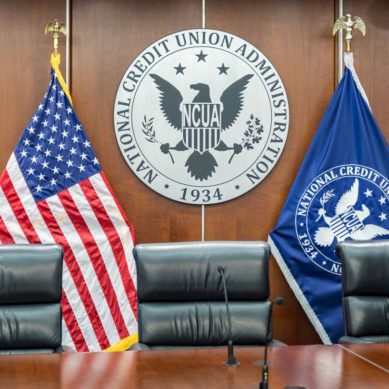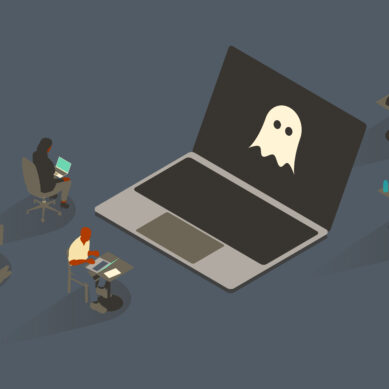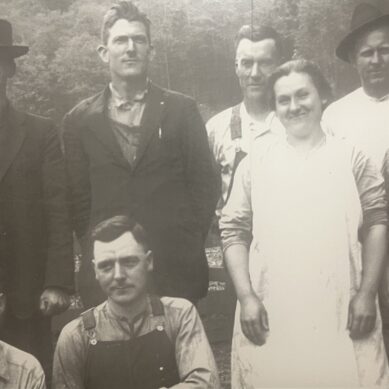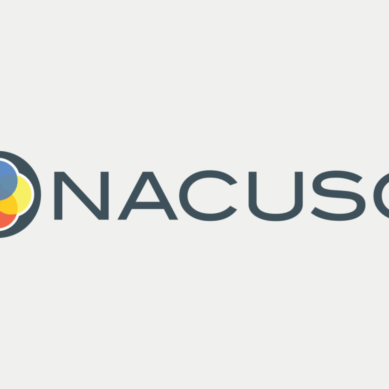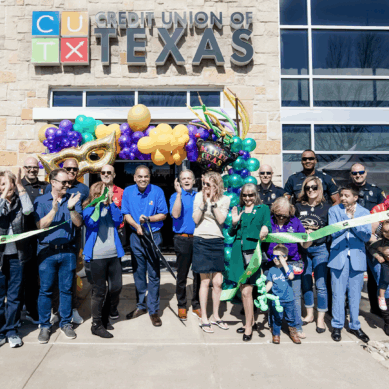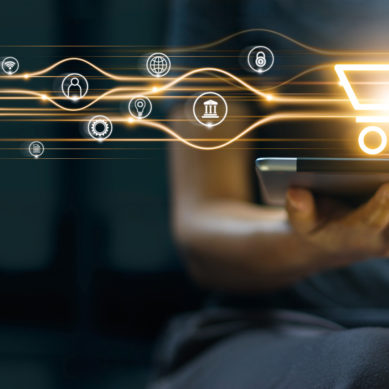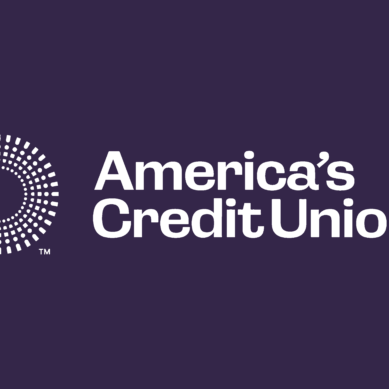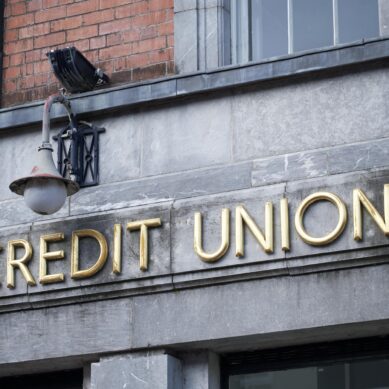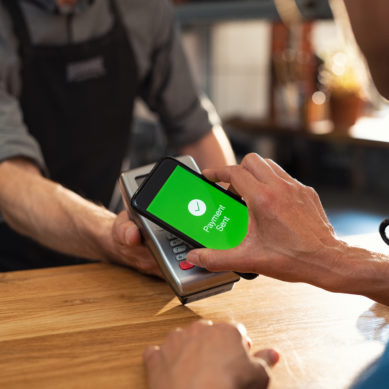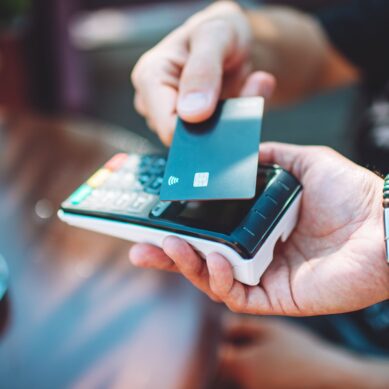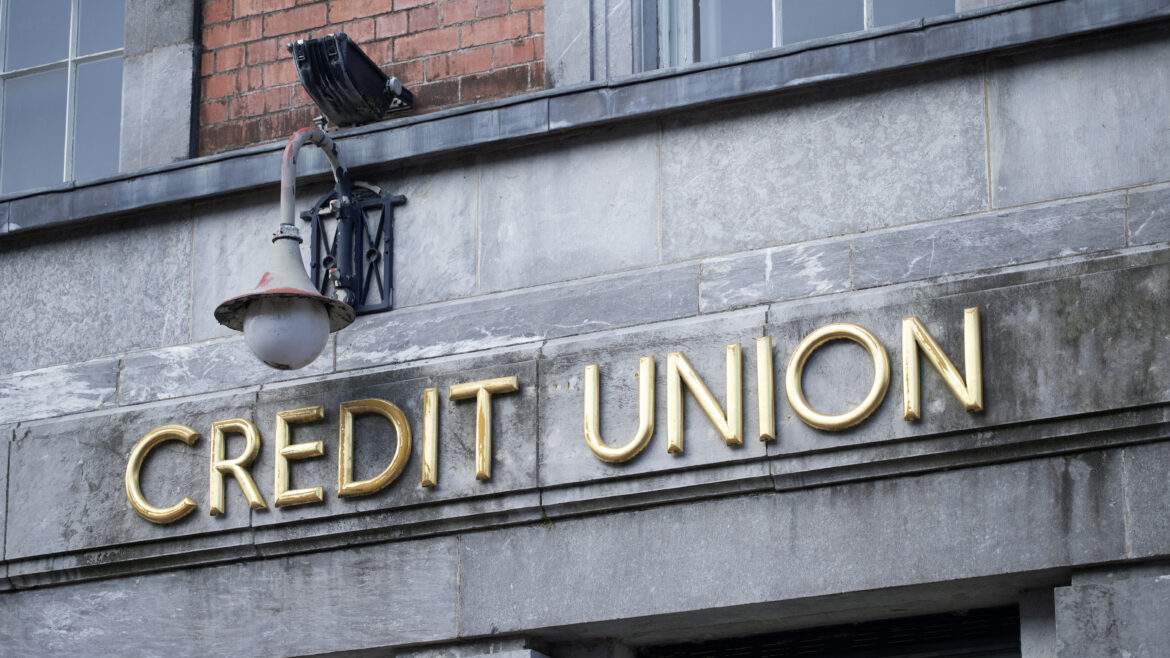As banking becomes increasingly digital, many financial institutions face a strategic crossroads: double down on digital-focused platforms or embrace a hybrid model that still includes a physical branch presence.
Can a strategy that blends both deliver the ROI banks and credit unions seek in a hyper-competitive environment? The answer is yes. In-store, storefronts on campus, and workplace branches are not relics of a bygone era; they are key components of a customer-centric, trust-first banking strategy that consumers are showing they have an appetite for.
The case for presence
The number of branch transactions has declined over the past 20 years, but the number of physical branches has not dropped at the same pace. Why? Because while routine transactions (i.e., transfers, bill payments, checking balances, mobile deposits, etc.) have moved online, the value of the branch has shifted to something more enduring: brand building, trust, advisory services, promoting financial literacy and convenience while still maintaining their key role as a primary channel for opening new accounts.
Recent research offers reasons why a hybrid approach makes sense and why the need is real.
- 3 million people live in banking deserts, according to a report from the Federal Reserve Bank of Atlanta. A banking desert is defined as an area lacking a bank branch within a certain radius (2 miles for urban areas, 5 miles for suburban areas, 10 miles for rural areas).
- According to a study from UserTesting, 83 percent of consumers prefer traditional banks over online banks, largely due to a preference for speaking to a bank employee face-to-face.
- A recent CNBC/SurveyMonkey poll found that 73 percent of U.S. households are financially stressed. Branches provide that human connection to help navigate concerns when problems arise.
- According to a Federal Reserve Bank of Richmond study, customers are likely to choose a bank with a convenient location, especially if they have a strong existing relationship with the financial institution.
- A survey conducted by Finance Buzz, more than one-third of people choose their bank based on how close it is to their home.
Simply put, physical presence builds customer confidence. While customers may handle their daily banking tasks online, when a problem comes up or their service needs become complex, like applying for a loan, disputing fraud, adding power-of-attorney (POA) to account for elderly relatives, or planning for retirement, they want to speak to someone face-to-face and not get lost in a telephone prompt maze.
Challenges and opportunities
Saying a hybrid model is the correct path is easier said than done. Financial institutions navigating today’s environment must acknowledge several realities:
- Shrinking footprint among big banks, driven by digital investment and the need to reduce real estate costs.
- Higher expectations for seamless service across platforms, from app to ATM to
- Tight operating margins, particularly in competitive markets, where every square foot must justify its existence.
Retailers also consider whether adding a bank or credit union storefront vs. other revenue-generating uses for space. In-store branches, however, offer stable, predictable income through long-term leases, and enhance the retailer’s own brand by aligning with trusted banking partners.
“Storefront locations support the layered approach banks and credit unions are seeking when it comes to building trusted brands,” says Nick Schuster, national sales director for Cash Trans, LLC.
Schuster says an authentic conversation with your local banking team or advisor can lead to a conversation about a mortgage or an introduction to an investment specialist or business credit line expansion.
“It’s about delivering safe, consistent, and reliable transactions that facilitate an authentic conversation with a dedicated financial team that grows into trusted relationships. And here, the in-person branch starts the CX journey banks and credit unions want to attract consumers to,” adds Schuster.
Dave Martin of BankMechanics feels the role of the frontline physical location has evolved from simply handling transactions to problem resolution and answering questions.
“Consumers can do a lot online, but what’s important is they come to a location to see the banker, not the branch,” says Martin.
Bridging the digital and physical divide
Adding a bank or credit union branch in a grocery store, college student union, or corporate campus offers financial institutions a cost-efficient, scalable, and technology-forward footprint for their brand.
These locations are more than convenience kiosks. They are community engagement tools, brand advertising, and trust-building hubs. Branches bring to the table services consumers want, and products financial institutions want to deliver:
- Efficient use of space with 24/7 self-service solutions (ATMs and ITMs) for quick, routine needs.
- Advisory-ready spaces for deeper, relationship-driven services, like home equity, business loans, and fraud resolution. This can also include Expert Anywhere banking with video conferencing capabilities that connect customers to additional services, including wealth management, mortgage lending, etc., that are not available at that location.
- Flexible, right-sized formats with 5-to-15-year lease options for minimal-risk market entry and ability to scale as needed.
- Lower startup costs compared to standalone branches.
These branches are not just convenient but strategic. They support real-time fraud prevention, provide financial literacy support, and serve as front lines for elder protection and anti-trafficking efforts. Banks are evolving into financial health providers, not just transaction hubs.
“When transactions begin online or at an ATM but require more assistance, a local branch gives the customer the opportunity to talk face to face with a banker,” says Steve Reider of Bancography. “That continuity transforms transactions into conversations and conversations into relationships.”
Build community connections
Physical branches, especially when located in a shared space, offer:
- Mutual foot traffic benefits. Shoppers visit credit unions, and credit union visitors shop.
- Extended hours and weekend access. These are huge wins for commuters and working families.
- Community relevance. In underserved areas or banking deserts, in-store branches fill critical service gaps while meeting Community Reinvestment Act (CRA) goals for larger financial institutions.
Martin of BankMechanic says the breadth of digital banking tools allows physical locations in retail outlets to serve more customers.
“These aren’t the paper factories of the past,” says Martin. “A strategically designed and properly staffed location provides access to a large potential audience through continuous exposure.”
Success when operating an in-store location can come down to something as simple as being in the right place at the right time.
Cash Trans’ Schuster recalls a recent banking story where a business owner shared their ongoing frustrations with recent debit card fulfillment delays. After several attempts to resolve the delay, the owner simply visited a nearby branch and switched banks. It’s about time and convenience.
“Sometimes, the difference really is as simple as being right there when needed,” says Schuster.
Why it works
The success of in-store branches is rooted in three simple truths:
- Trust is earned face-to-face. When a customer experiences a crisis, like check fraud or wire scams, they want to talk to someone who knows them.
- Convenience isn’t just digital. In a time when financial options are overwhelming, local proximity and visibility are still differentiators.
- Digital is an “and,” not an “or.” Mobile and self-service tools draw people in, but they need a place to go deeper, and that’s what branches provide.
Reider says even younger consumers, who many assume are “branch-averse,” are more likely than their parents to use branches when paired with mobile tools. He points to the success of the Capital One Café concept that offers self-service ATM/ITMs, food and beverages, and free Wi-Fi and other perks for cardholders, as an example of branding aimed at younger consumers.
“What they seek is not less interaction, it’s a more distinctive and authentic experience, especially when it comes to their finances,” says Reider.
Digital and physical can both succeed
- Presence builds trust. Whether it’s in a supermarket, a campus, or a business park, being there matters.
- Convenience is multifaceted. A good mobile app plus a nearby branch is the winning combo.
- In-store is a smart investment. Economical, scalable, and relevant in both dense urban zones and rural banking deserts.
- Let customers lead. Be where they shop, where they work, and where they live.
The myth that digital killed the branch is just that, a myth. Physical banking, especially in non-traditional locations, isn’t going away. It’s being reimagined. Banks and credit unions that embrace this hybrid strategy, layering technology with trusted physical presence, will win the future of banking.

